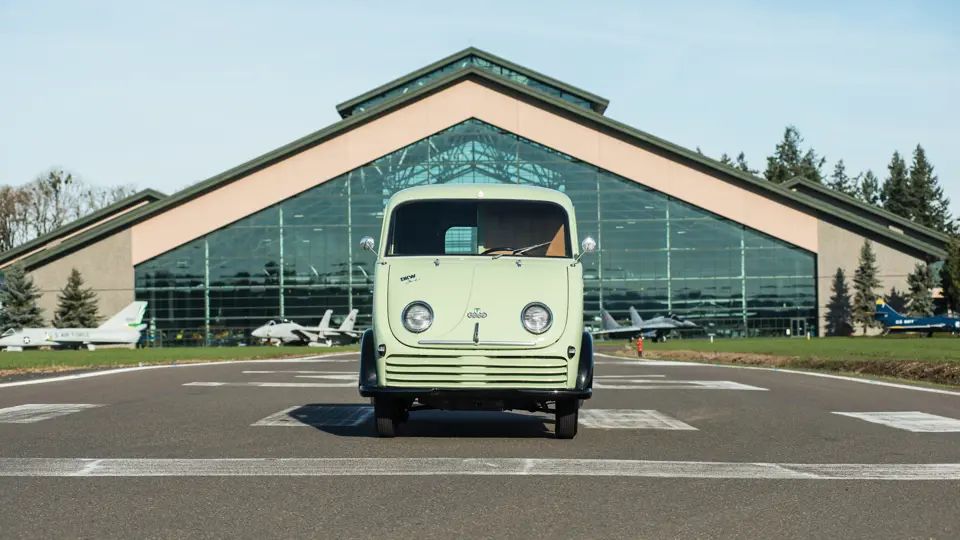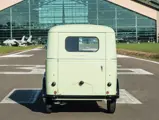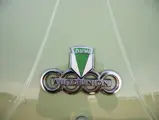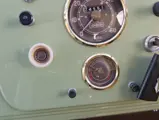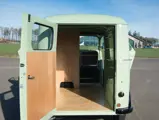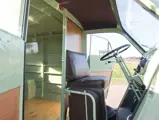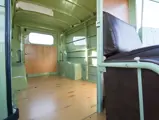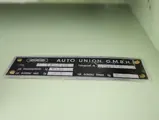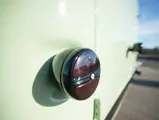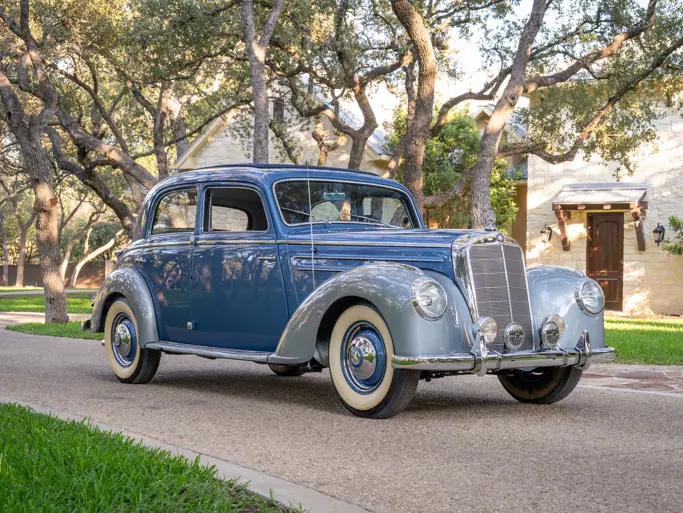42 bhp, 896 cc two-stroke, water-cooled inline three-cylinder single Solex 40ICB carburetor, four-speed ZF front transaxle, four-wheel independent suspension with a transverse front leaf spring and rear trailing arms and torsion bar, and hydraulic four-wheel drum brakes. Wheelbase: 108.3 in.
After a downpour at the 1955 Pebble Beach road races, the staff at Road & Track decided that they needed a vehicle to serve as a combination mobile office, galley, and bunk for future West Coast races. They looked at a Wells Cargo trailer and a Ford wagon; a Fiat Multipla; a Volkswagen Kombi (bus); a Chrysler Town & Country wagon; and Alfa Romeo’s “Romeo” Camper. But what they actually bought for their new “Pressmobile,” as it said on the side, was a DKW 3=6.
DKW had been the largest European motorcycle manufacturer before World War II, and it was a two-stroke specialist, so it was little surprise that their 3=6 followed the trend. Even the name, “3 equals 6”, is a subtle boast about the powerplant, which has three cylinders that give the performance of a small six. Volkswagen’s Micro Bus, however, was probably the closest competitor. At the time, it would have been notably smaller and lighter and correspondingly less expensive. The DKW made up for its weight disadvantage with 42 horsepower and 57 foot-pounds of torque, yielding “enough ‘steam’ to pull a much heavier Karavan along at a better rate,” said Road & Track. They also noted that the torquey, high-revving two-stroke would burn rubber in first gear, while also being able to cruise comfortably at 60 mph. Its best quality, however, was its handling on the open road, “which can only be described as amazing.” Add tremendous reliability—one tune-up and a single loose wire in Road & Track’s first 9,000 miles were the only work required—and ahead-of-its-time features, like a curbside door with five feet eight inches of headroom, a flat floor, and front-wheel drive, and the DKW is a look forward at the minivans that were to come decades later.
This example was rescued from a storage shed at a mining operation in southern Oregon in 1996, and an unconfirmed story says that it had been used by a hosiery salesman in the 1960s to service his route along the Pacific Coast. Assorted 3=6 models were actively sold in the U.S.A., and while no records of importation numbers have been found, it’s likely that less than 1,000 of the Kastemwagen panel trucks were sold. Today, only six are known in the U.S.A.; two of them are restored, two are complete and unrestored, and two are parts vehicles, making restoration extremely challenging.
It might not even be possible to complete another Schnellaster to this level. The consignor’s search for parts stretched over at least eight countries and three continents, including the U.S., Uruguay, Argentina, Brazil, Germany, Netherlands, Greece, and Crete. Even the machine screws, which are used exclusively throughout the bodywork, are new old stock parts. Every mechanical component is original to the vehicle, right down to the rebuilt relays, wiper motors, turn signal switches, and voltage regulators. The factory color was duplicated from original paint that had been found on the firewall, under a panel that had not been exposed to weather, and the van was finished correctly, as per the factory, in a single color inside and out, with black fender trim, extruded aluminum brightwork, and a wood load floor. The original engine, often found seized in a 3=6 from lack of oil, was rebuilt with sealed bearings for longevity and with modern synthetic two-stroke oil, and it offers improved performance and less two-stroke smoke.
After a two-and-a-half-year restoration, this Schnellaster Kastenwagen appeared at the 2013 Forest Grove Concours d’Elegance, where it was awarded Second in Class; points were deducted for incorrect tires, which have since been replaced.
Other Schnellaster Kastenwagens can be found, but it is unlikely that any others have been or can be restored as correctly and sympathetically as this icon of the evolution of modern transportation.







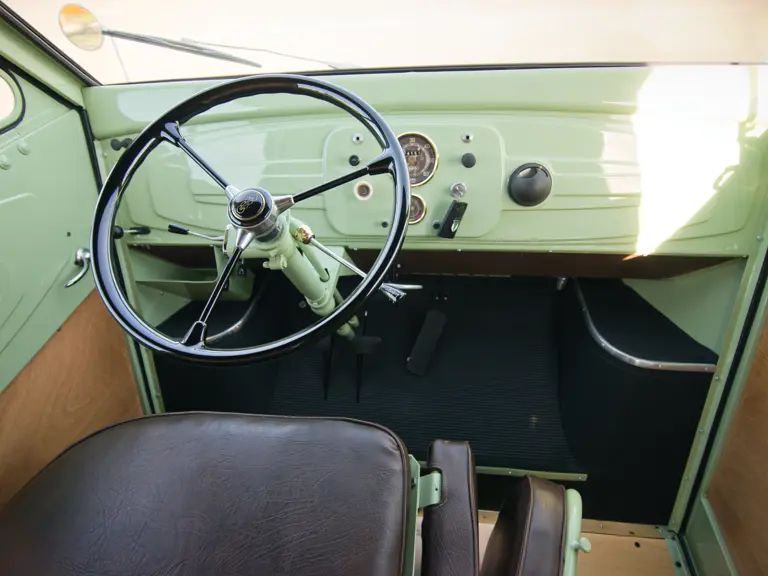
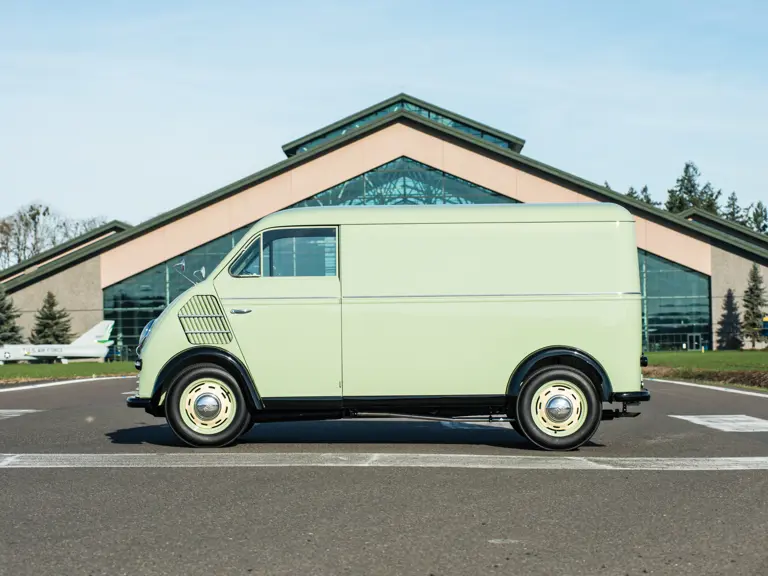
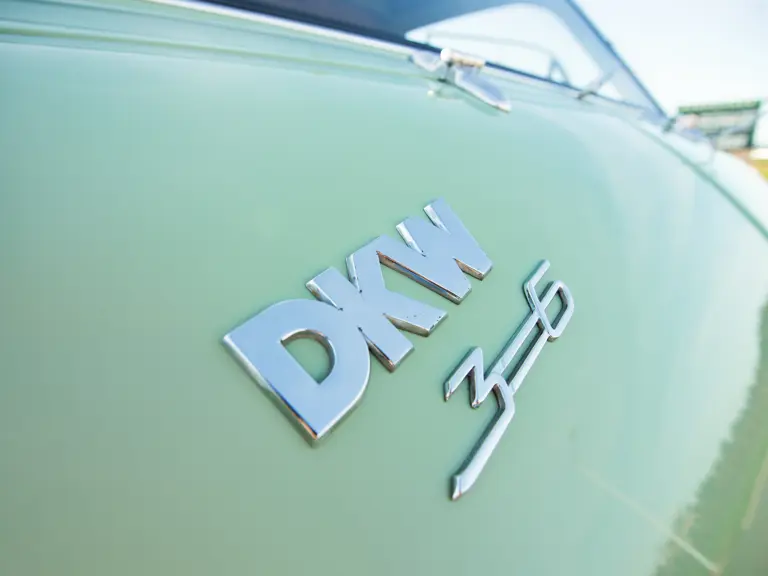
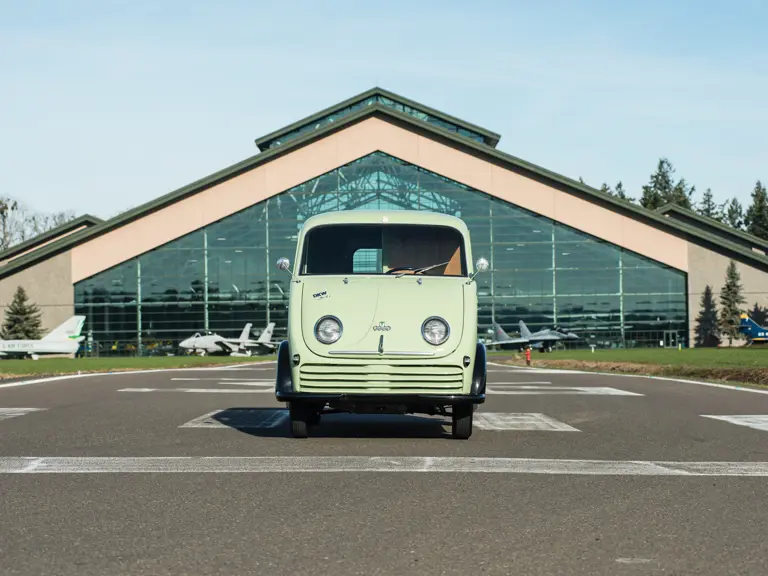
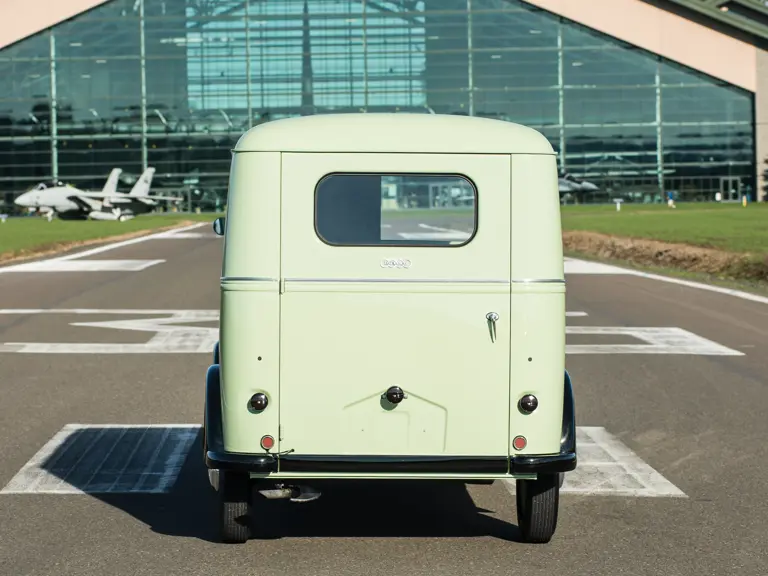
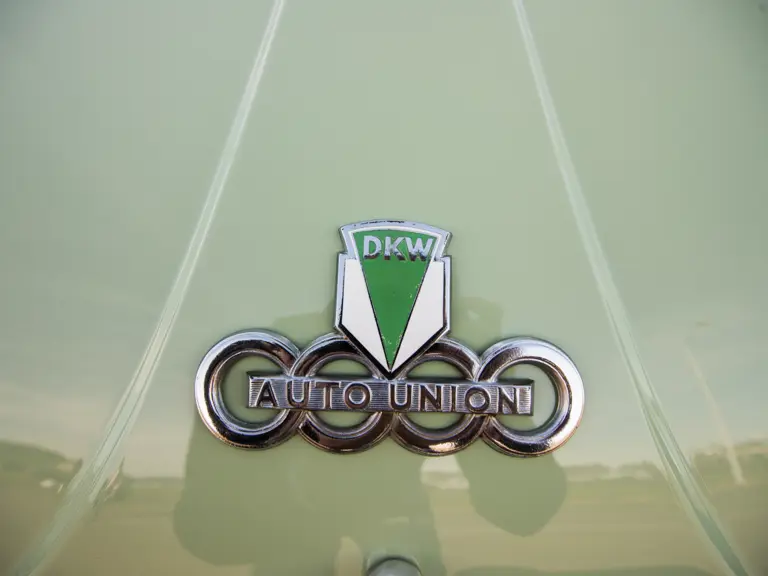
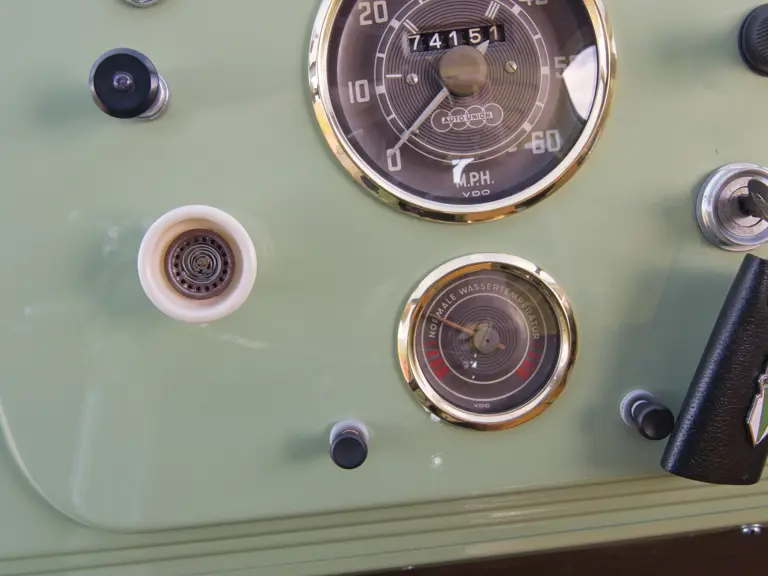


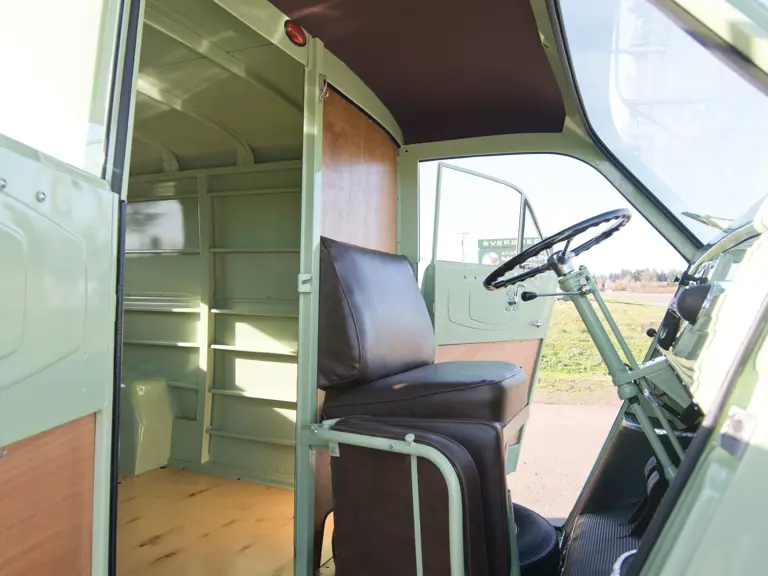
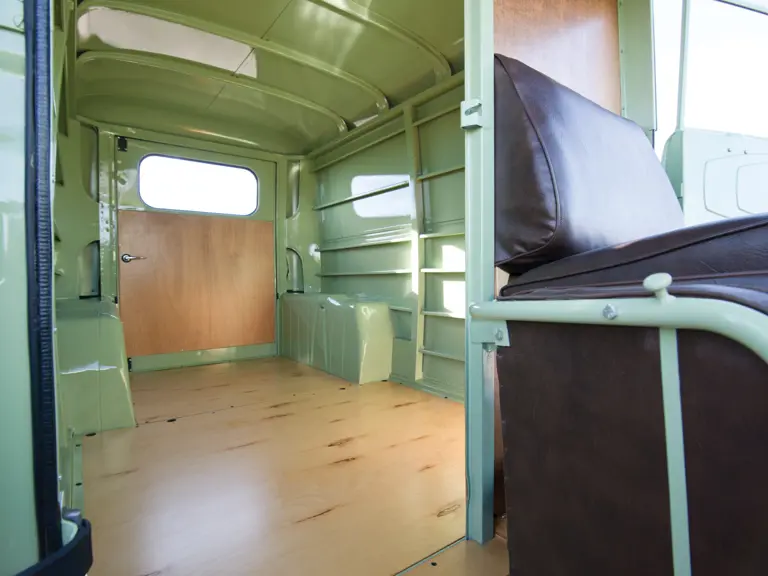

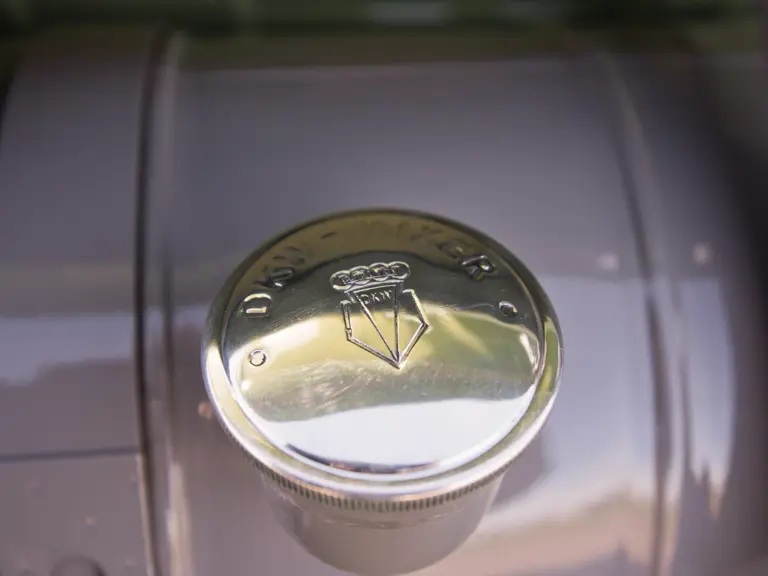
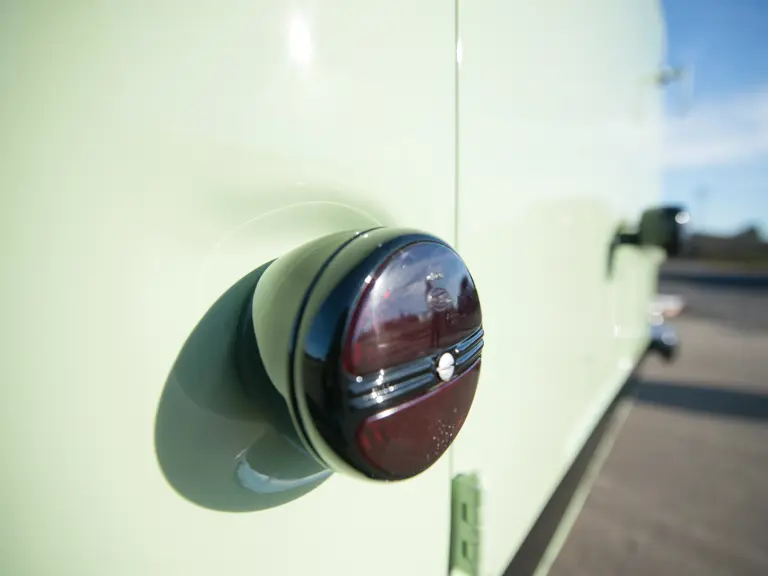
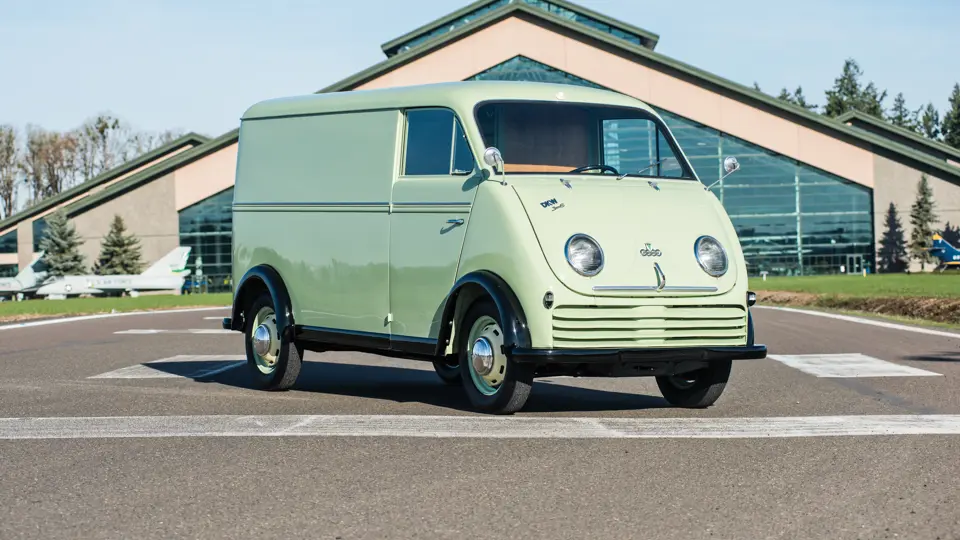
 | Phoenix, Arizona
| Phoenix, Arizona


